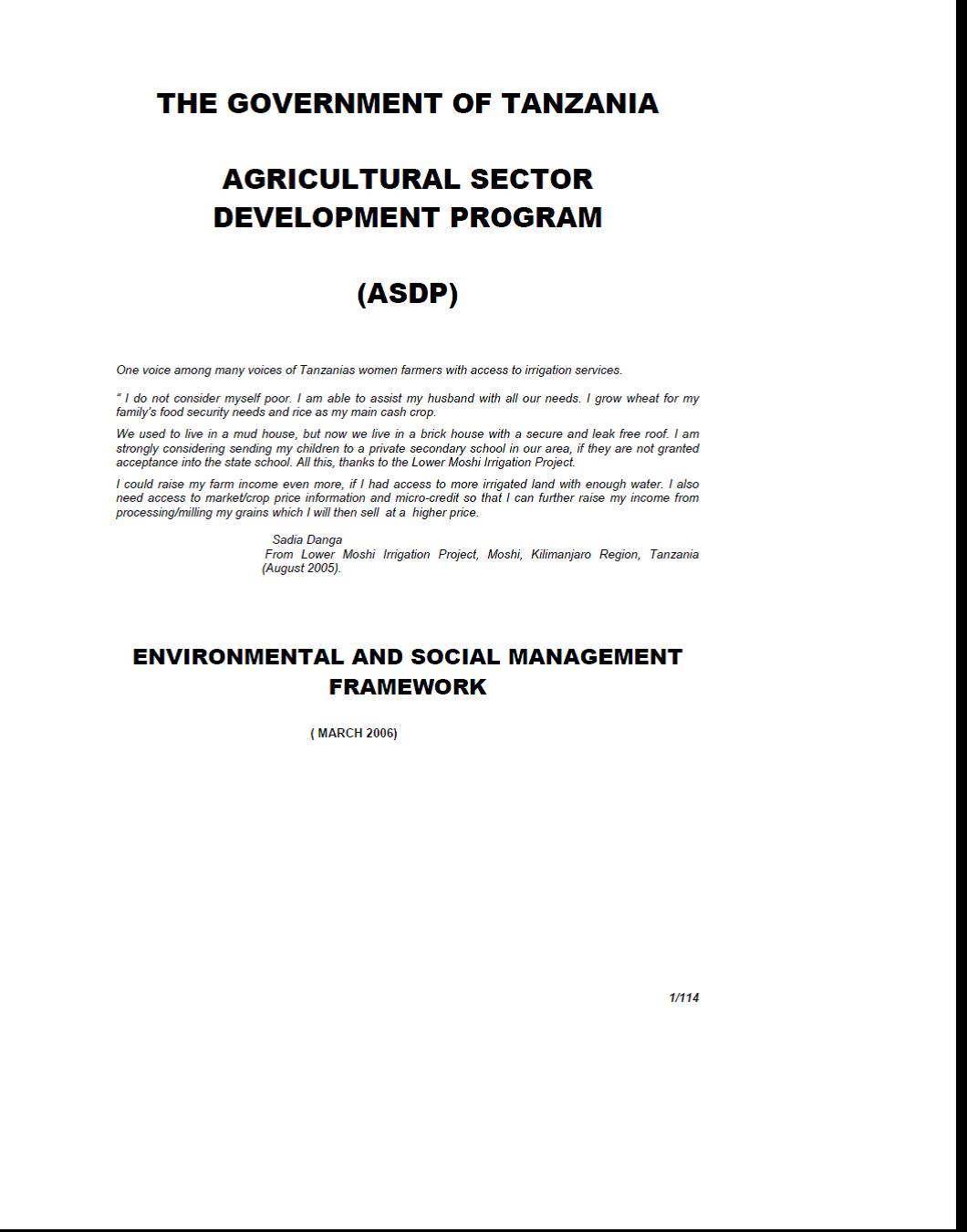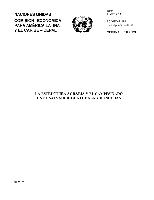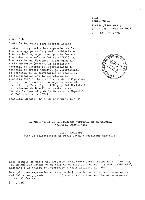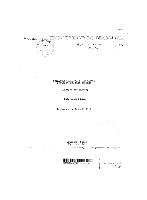Agricultural Sector Development Program (ASDP)
In August 2001, The Government of Tanzania (GoT) approved the Agricultural Sector Development Strategy (ASDS) which envisages an agricultural sector that, by 2025, is modernized, commercial, highly productive and profitable, and utilizes natural resources in a sustainable manner. The ASDS has identified five strategic issues:
• Strengthening the institutional framework.
• Creating a favorable environment for commercial activities.
• Clarifying public and private sector roles in improving support services.











